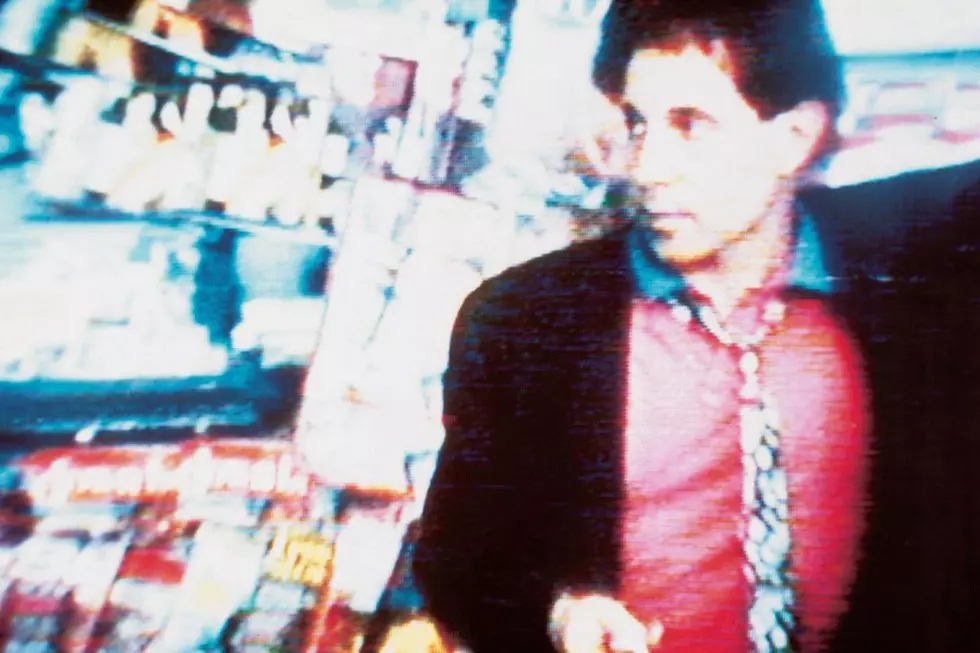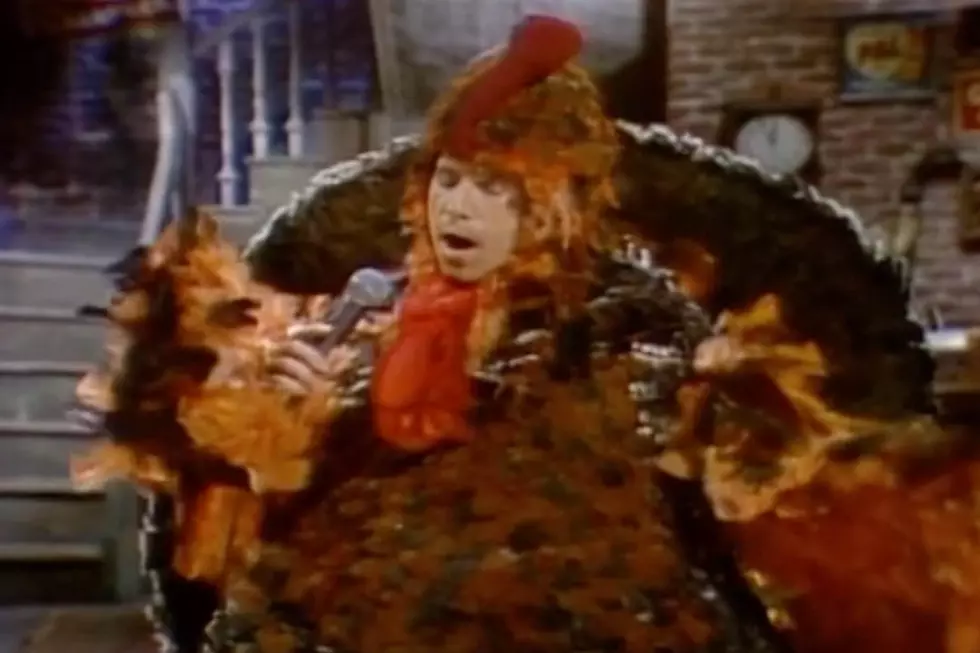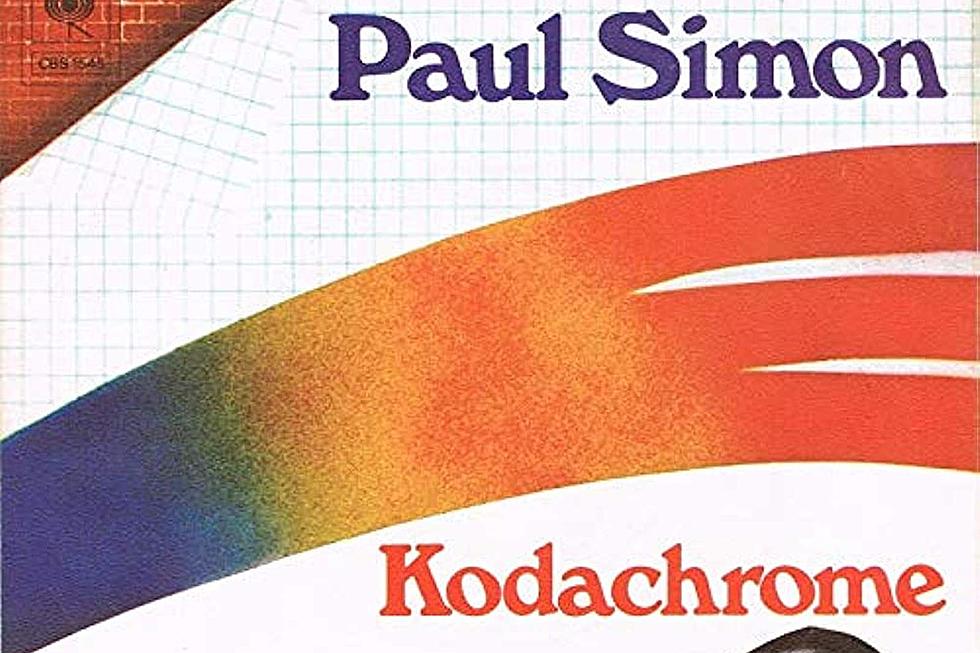
Inside Paul Simon’s Commercial Slide on ‘Hearts and Bones’
For a good long while, everything Paul Simon touched turned to gold or platinum, first during his years as one-half of Simon & Garfunkel, and continuing through a string of successful solo albums. But by the early '80s, he'd hit a bit of a rough spot.
The seeds of Simon's dissension were sown in the late '70s, when he left his longtime home at Columbia Records and headed to Warner Bros. as part of a wildly expensive deal (one which roughly coincided with Columbia's poaching of a high-profile Warners artist, James Taylor). With the pop world at his feet and limitless record company resources to work with, Simon set about creating his most ambitious project yet: 1980's One Trick Pony, an album as well as a film starring Simon.
Rather than continuing his incredible streak of success, Pony was met with middling reviews and consumer indifference, knocking Simon into a painful period of writer's block that presaged his decision to reunite with his former partner Art Garfunkel for 1981's historically attended concert in Central Park – which then became a full-fledged tour, and was supposed to lead into a reunion album.
That project went through a series of changes before it finally arrived in stores on Nov. 4, 1983. Originally titled Think Too Much, it eventually morphed into Simon's sixth solo effort, Hearts and Bones – and Garfunkel was nowhere to be found.
As it turned out, Garfunkel quit fairly early in the recording process. In a 1984 interview with Playboy, Simon professed to have had misgivings from the beginning, recalling, "At first I thought, 'I really can't do it: These new songs are too much about my life to have anybody else sing them.' He had, 'Look, these aren't the events of my life, but I understand the emotions you're dealing with. I understand what it is to be in love, to be in pain, to feel joy. I'm a singer. I'm able to interpret. That's what I do.' I said, 'All right. Let's try.'"
Ultimately, though, Simon's need for complete creative control drove a wedge between the two partners, with one of the final breaks coming when Garfunkel said he wanted to record his vocals without Simon in the studio. "I wanted to be there when it happened, because I knew that if what he did wasn't all right with me, I wasn't going to let it go," explained Simon. "And that was the difference from the '60s. What we didn't realize at first was how big a difference it was. It was huge."
As Hearts and Bones made clear, Simon had certainly evolved from the artist he'd been during the '60s, and not always in a way his fans were prepared to accept. While he'd always striven to avoid writing lyrics that were "too on the nose," as he'd put it, the songs on Bones found him drifting into more abstract territory. Although he was still addressing timeless subjects like love and death, he was doing so from angles that weren't always easy to discern. In the eyes of some listeners and critics, the onetime voice of a generation had lost sight of his muse.
The result was another commercial setback for Simon, albeit one that proved short-lived – and also crucial, because the resulting disinterest from the label afforded Simon the level of creative freedom he needed to travel to South Africa for the sessions that produced 1986's landmark Graceland LP. By the end of the decade, he was once again one of the biggest and most highly respected rock stars on the planet.
At the time, it may have seemed like one of his lesser efforts, but time's been good to Hearts and Bones. Today, it's not only regarded as the prelude to Simon's second wind, but one of the more finely crafted records in a catalog with no shortage of classic efforts. Like he pointed out on one of his earlier songs: "You got to learn how to fall / Before you learn to fly."
Paul Simon / Simon & Garfunkel Albums Ranked
More From Ultimate Classic Rock









